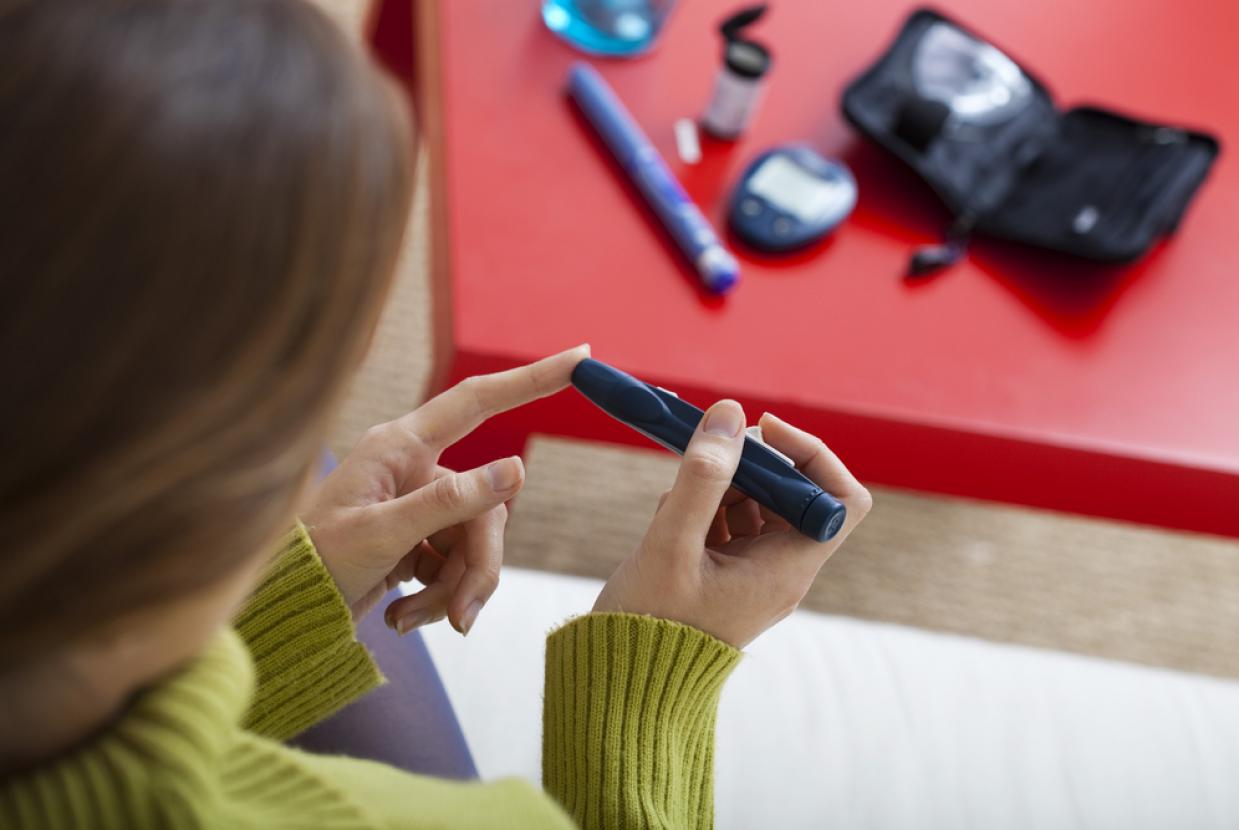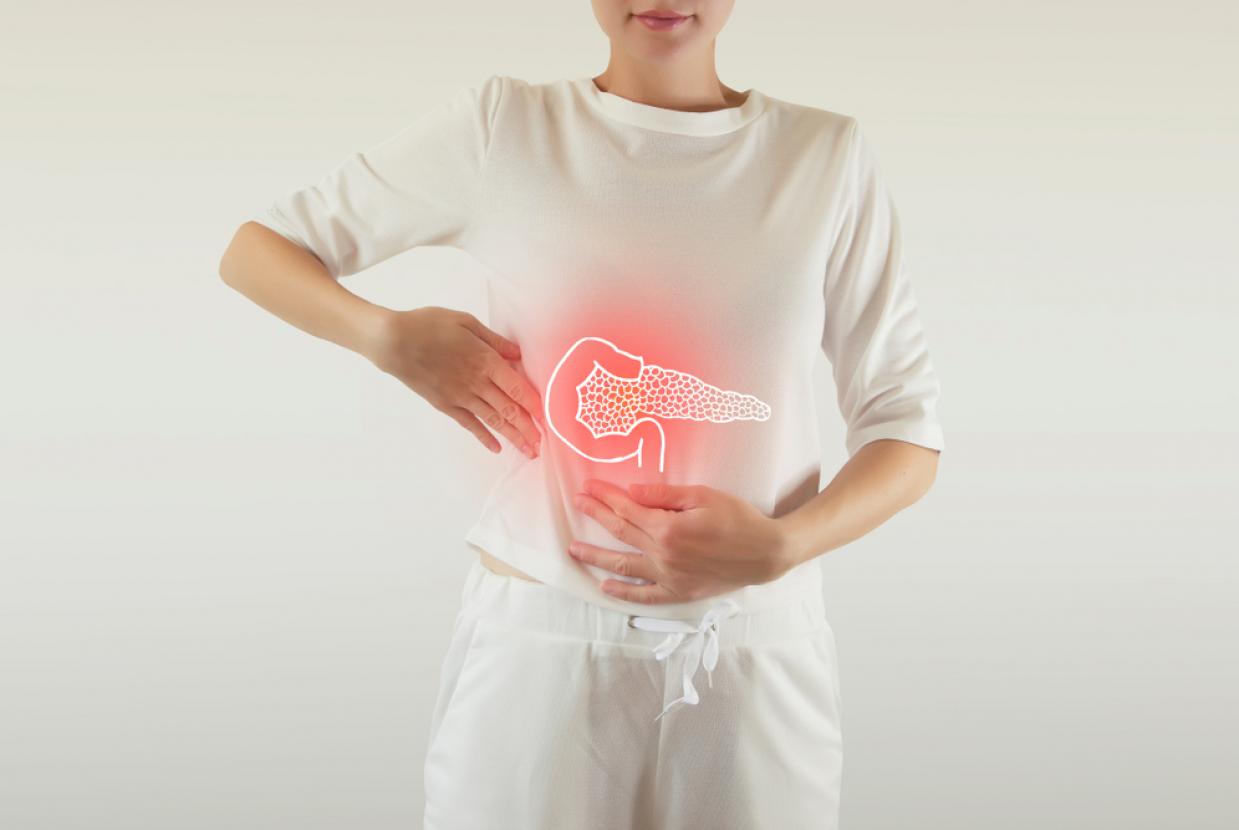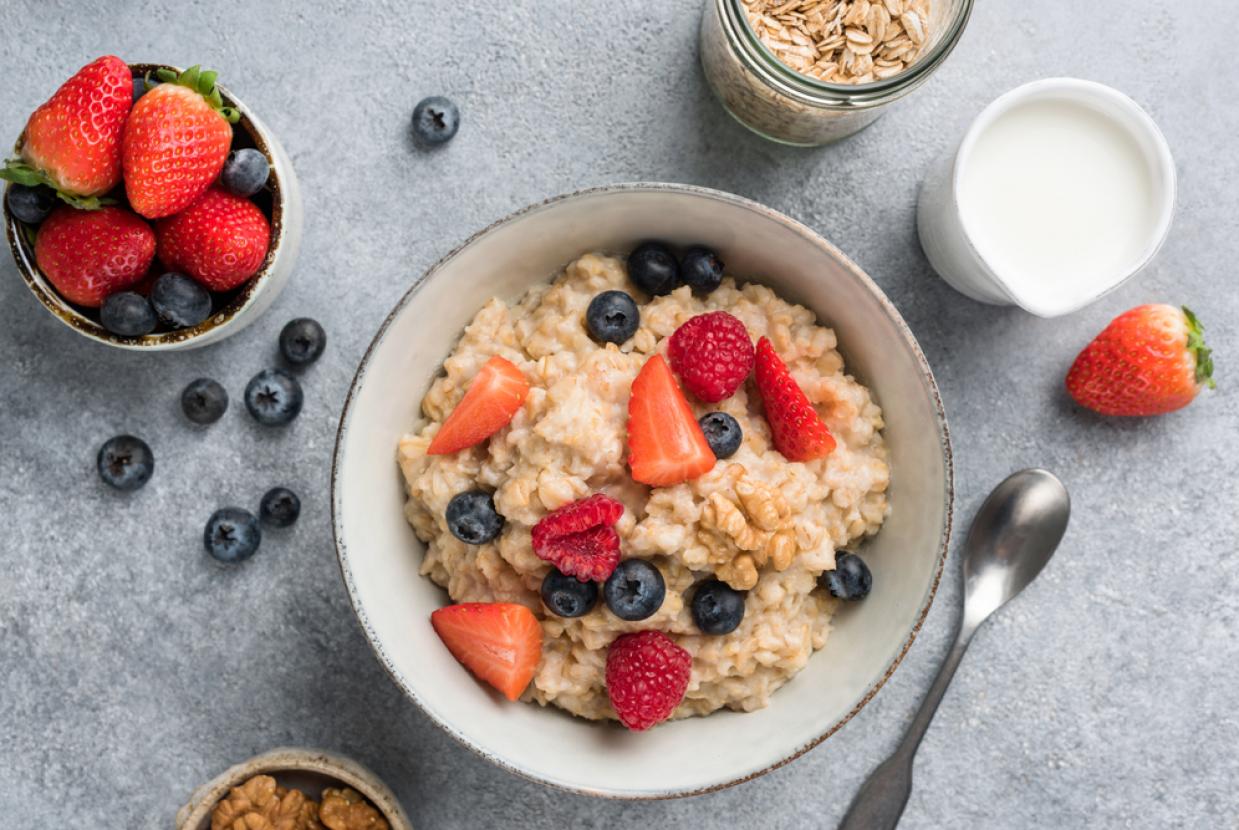Insulin Pumps
An insulin pump delivers tiny amounts of insulin into the blood throughout the day and night. This reduces hypoglycaemia (hypos) and can improve blood glucose levels. You attach the pump to your skin. Insulin flows into your body through a tiny tube under your skin. The tube is replaced every 2 to 3 days and the pump is moved to another part of your body.
It delivers a set amount of background insulin. You then add your extra mealtime insulin using the pump. A pump can give you more flexibility with what you eat and help you have more stable blood glucose levels. But a pump might not suit everyone.
How to get an insulin pump
You can buy an insulin pump yourself
A pump costs around £2,000 to £3,000. It should last 4 to 8 years. You'll get your insulin on prescription as normal.
When pumps are funded by the NHS
The National Institute for Health and Care Excellence (NICE) recommends an insulin pump if:
- you're having frequent hypos or hypers without warning
- your HbA1c is 69mmol/mol or above even though you have tried to manage your blood glucose levels
Your consultant may recommend a pump if this is happening and you can show you're:
- regularly injecting insulin
- checking your blood glucose at least 4 times a day
- carb counting































